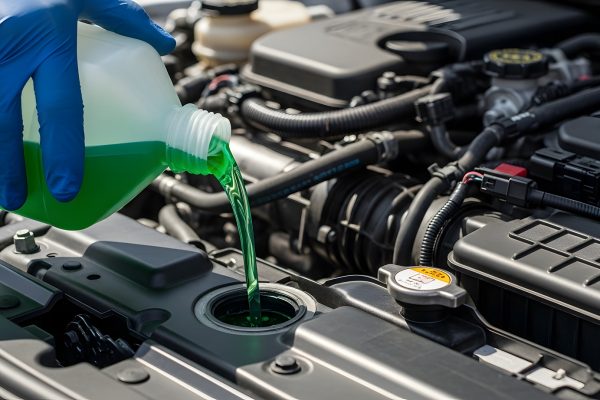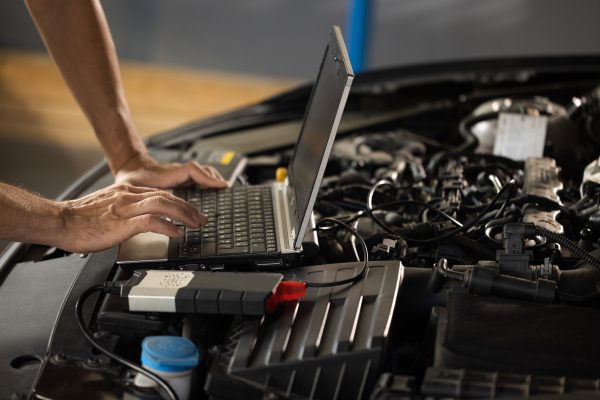Gathering evidence is always the first step in determining whether a claim is valid or not. However, sometimes the evidence gathered might not be as strong as initially thought.
Usually, reports contain the necessary information about the vehicle, the issues identified, the required repairs, and how the problems developed. Most of this information is fairly straightforward. However, even the simplest mistakes can occur and any opposition will seize on errors to undermine your evidence and potentially have it excluded from court proceedings.
Once you receive a report, check the entire contents thoroughly. Make sure the vehicle’s registration is correct along with its transmission type, colour, mileage and fuel type. Then, go through the actual contents of the report and the components inspected. We have seen reports referencing timing belts on vehicles that are fitted with timing chains.
Finally, if the report is intended to comply with CPR Part 35, ensure it is properly signed by the engineer and that it meets the standards set by CPR Part 35. If you are unsure, get in touch with us and we can review the documentation for you.
If you are preparing a claim or defending one, accuracy in documentation is crucial. Our legal team at Lawgistics is on hand to help you spot potential pitfalls before they cause real damage to your case.

On average 55 vulnerabilities are identified daily.
What can I do?
Review your organisations priorities and ask ‘can we afford a breach?’. What do I do during an incident? Who do I involve? When do I involve the ICO?
If you’re unable to answers these questions, you need help from the experts.








